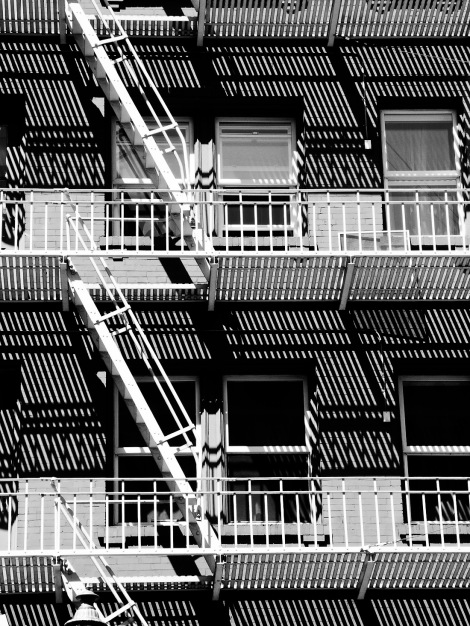Contrast is defined in this article as;
A tool that photographers use to direct viewers’ attention to their subject. There are two types: Tonal Contrast and Color Contrast. TC refers to the difference in tones from the lightest tone to the darkest tone, in other words, the difference in tones from white to grey to black. CC refers to the way colors interact with each other.
I’ll come to Colour Contrast in a minute, but most of us think of contrast in terms of light and dark areas of an image. High contrast images present a stark scene and can be edgy and dramatic;
This style often works well in architecture and street photography, but is not so common in portraiture or nature. For these subjects a softer image with greater tonal range is usually preferred.
When applying contrast to your images – in post-production or perhaps using creative modes built in to your camera or phone – think about the images you are taking and whether they are better suited to high or low contrast scenes.
The other type of contrast is colour contrast, and for this you need to understand a bit about colour theory and the colour wheel as we discussed in the post on Colour in Photography. Picking colours that are similar or muted tones in a range of colours gives a low CC image
while picking opposite colours adds CC and can make items in a photograph stand out against one another.
As is often the case with photography, there is a certain amount of personal preference and these are not rules but guidelines that can sometimes be broken as in the self-portrait below processed with a high-contrast style.
Try processing a few of your shots in different ways and look at the impact – take a selfie and produce a low-contrast and high-contrast version to see which you prefer and why. Do the same with a nature/ landscape shot.








